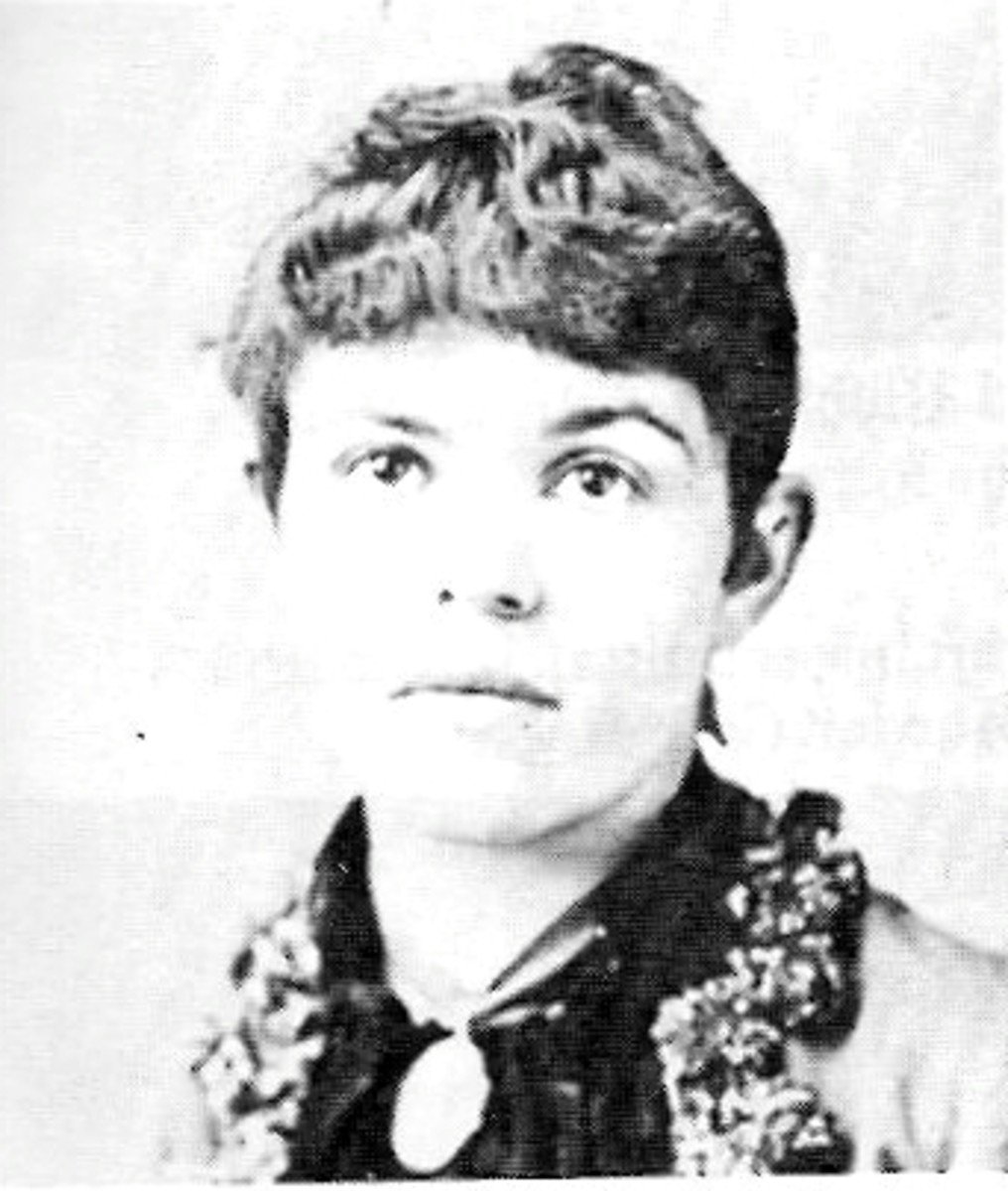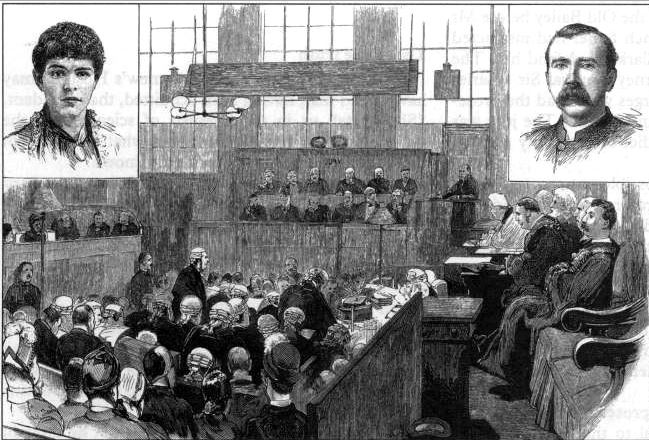
ADVERTISEMENT - CONTINUE READING BELOW
The Chloroform Murder Case
Adelaide Bartlett was born in France in 1855, and moved to England in 1875. There, she met and married Edwin Bartlett, a rich grocer. Edwin was sickly. Among other things, he had rotten gums, decayed teeth, and breath so horrible that the couple had to sleep separately. In early 1885, Edwin met and befriended the Reverend George Dyson, who became the couple’s spiritual advisor and religious tutor, and was made executor of Edwin’s will. On the reverend’s advice, Edwin modified his will to remove a condition that required Adelaide to stay single in order to inherit, and left everything to her even if she remarried. In the summer of 1885, a maid discovered Adelaide in the act with Reverend Dyson. A few months later, on December 31st, 1885, Edwin passed away. An autopsy revealed that his stomach was full of liquid chloroform.

ADVERTISEMENT - CONTINUE READING BELOW
When it was discovered that Adelaide had recently asked Dyson to buy her chloroform, both were charged with murder. Charges were dropped against the reverend, however, in a bid to use him as a witness against Adelaide. It seemed a slam dunk case, but enough doubts were raised that Edwin might have committed suicide. After a sensational trial, the jury’s verdict was not guilty. Although delivered with a caveat: “We think grave suspicion is attached to the prisoner“, Adelaide was set free. Contemporary physicians struggled to find an explanation for how chloroform could have gotten into Edwin’s stomach without scarring his throat. It led a famous surgeon to quip: “Now that she has been acquitted for murder and cannot be tried again, she should tell us in the interest of science how she did it!”

